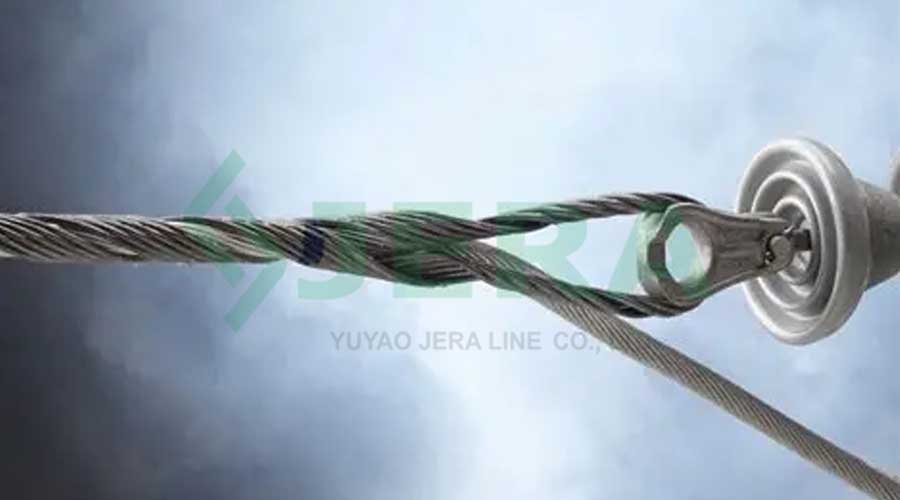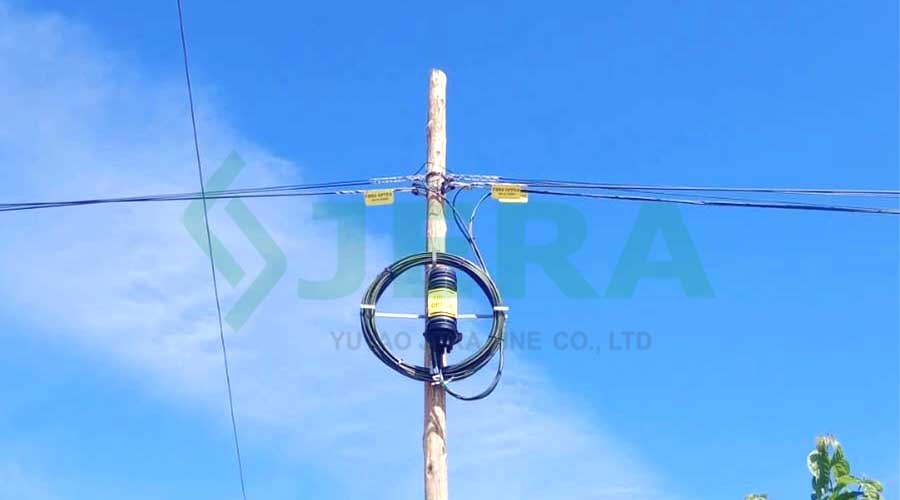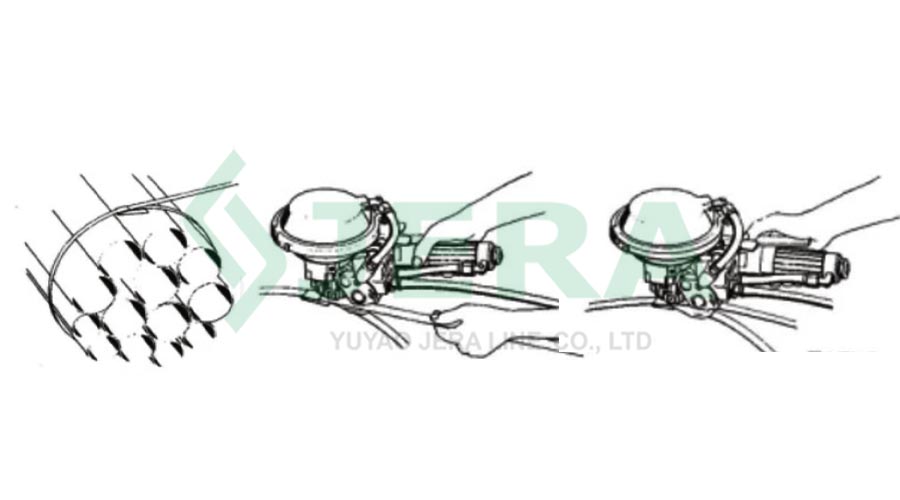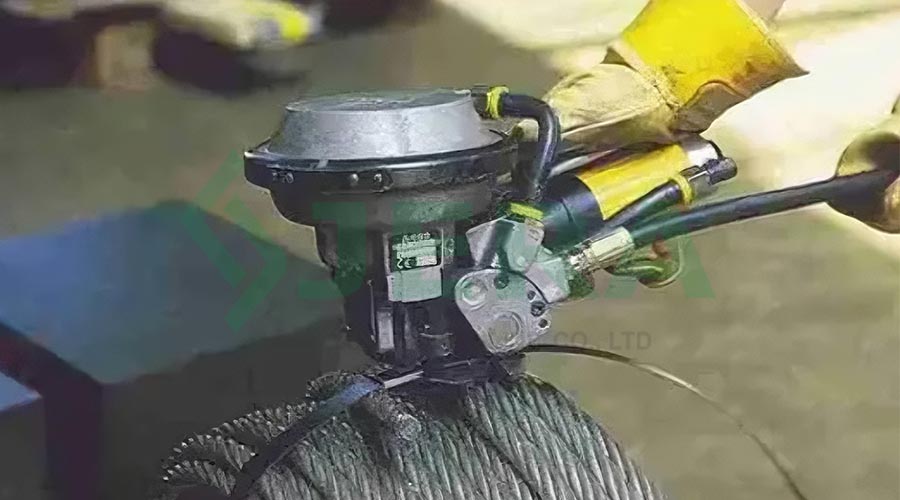In the backbone of modern communication and power infrastructure, fiber optic networks—especially those relying on ADSS (All-Dielectric Self-Supporting) and OPGW (Optical Ground Wire) cables—are the lifelines connecting cities, industries, and rural areas. Behind their seamless operation lies a critical component often overlooked: the dead end grip. Far more than a simple fastener, quality dead end grips are the unsung heroes that safeguard network reliability, prevent costly downtime, and ensure long-term performance. Let’s dive into why investing in high-quality dead end grips is non-negotiable for any fiber optic project.
A dead end grip (also known as a dead end clamp or cable dead end) is a specialized fastener designed to secure the termination points of overhead ADSS and OPGW cables to utility poles or transmission towers. Unlike intermediate clamps that merely align cables, dead end grips bear the full tensile load of the cable. This critical function prevents slippage, sagging, or breakage—issues that could disrupt power transmission or data connectivity.
Tailored to the unique mechanical properties of ADSS and OPGW cables (such as tensile strength and diameter), quality dead end grips typically feature a robust grip body, tension-adjusting components, and anti-corrosion accessories. They’re engineered for easy on-site installation with minimal tools, eliminating the need for complex welding or specialized training.
Adss cable guy grip


-
The Risks of Cutting Corners on Quality
Opting for low-quality or ill-fitting dead end grips might seem like a cost-saving measure upfront, but it opens the door to a host of problems that can derail your network:
Cable Damage and Failure: Inferior materials or poor design can’t withstand the cable’s tensile load, leading to slippage, abrasion, or even cable breakage. This not only requires expensive cable replacements but also causes unplanned outages for telecom or power services.
Environmental Vulnerability: Harsh weather—high winds, heavy ice, UV radiation, or coastal corrosion—exposes weak dead end grips to accelerated wear. Low-quality components lack proper anti-corrosion coatings or UV stability, failing prematurely in extreme conditions.
Non-Compliance Risks: Networks operating in medium/high-voltage (MV/HV) power grids or telecom sectors must meet IEC/ANSI standards. Subpar dead end grips often fail these compliance tests, leading to regulatory issues or project delays.
Increased Maintenance Costs: Cheap grips require frequent inspections, adjustments, and replacements. Over time, these ongoing costs far exceed the initial savings, draining resources from other critical network upgrades.
-
Key Benefits of Quality Dead End Grips
Investing in premium dead end grips—like those from trusted suppliers such as Jera Line—delivers long-term value and peace of mind:
1. Unmatched Tensile Load Capacity
Quality dead end grips are engineered to handle the full tensile force of ADSS and OPGW cables, with maximum load capacities ranging from 50 to 120 kN (depending on the model). This ensures the cable stays securely anchored, even under extreme weather or operational stress, preventing sagging or displacement that could cause short circuits.
2. Cable-Specific Compatibility
ADSS and OPGW cables have distinct mechanical and material properties—ADSS is all-dielectric, while OPGW combines metal and optical fiber. High-quality dead end grips are tailored to these differences: non-metallic polymer cores for ADSS (protecting the dielectric layer) and galvanized steel frames with polymer coatings for OPGW (balancing strength and corrosion resistance). This compatibility eliminates the risk of material mismatch and cable damage.
3. Durability for Long-Term Performance
Premium grips undergo rigorous testing for corrosion resistance, UV stability, and mechanical strength. They’re built to withstand decades of exposure to harsh environments, reducing the need for frequent replacements and minimizing network downtime. Compliance with IEC/ANSI standards ensures they meet global quality benchmarks for reliability.
4. Efficient Installation and Maintenance
Modular designs and user-friendly features make quality dead end grips easy to install with minimal specialized tools. Field technicians can quickly adjust tension and secure cables, cutting labor time and installation costs. Their robust construction also reduces maintenance needs, freeing up teams to focus on proactive network management.
-
Choosing the Right Supplier: A Critical Step
Even the best dead end grip design relies on a reputable supplier to deliver consistent quality. When selecting a partner, look for:
-
Comprehensive Solutions: A supplier that offers a full range of dead end grips for all ADSS/OPGW cable diameters, plus complementary accessories (insulators, brackets) for one-stop sourcing.
-
Customization Capabilities: OEM/ODM services to adjust tensile load, add logo marking, or create custom color coding for project-specific needs.
-
Proven Global Quality: A track record of exporting to multiple countries with positive feedback, and strict adherence to international standards.
-
Technical Support: Expert guidance on model selection, on-site installation training, and compliance documentation to ensure smooth project execution.
-
Factory-Direct Value: Integrated manufacturing and trading to avoid middlemen, delivering competitive pricing without compromising quality.
-
Final Thoughts: Quality = Reliability
In fiber optic networks, every component plays a vital role in ensuring uninterrupted connectivity. Dead end grips may be small, but their impact on network reliability is enormous. Cutting corners on quality leads to costly failures, while investing in premium dead end grips delivers long-term durability, compliance, and peace of mind.
For businesses building or upgrading ADSS/OPGW networks, partnering with a trusted supplier like Jera Line ensures you get the right dead end grips for your needs—engineered for performance, tailored to your cables, and backed by global quality standards. Don’t let a single component compromise your entire network—choose quality dead end grips and build a foundation for reliable, long-lasting connectivity.
Conclusion
Dead end grips are indispensable for safe, reliable ADSS/OPGW cable installation—securing termination points to poles/towers, bearing full tensile load to prevent slippage/damage, and tailored to the two cables’ mechanical properties.
As a leading supplier, Jera Line engineers quality dead end grips compliant with IEC/ANSI standards (backed by ISO 9001) to avoid cable failure or environmental vulnerability. Its full-range offering covers all ADSS/OPGW diameters, plus complementary accessories, flexible OEM/ODM customization, and products exported to 30+ countries after strict tests.
Partnering with Jera Line means factory-direct pricing, expert technical support, and tool-free, corrosion-resistant grips (hot-dip galvanized steel) that thrive in harsh environments. Investing in these grips ensures stable network operation for MV/HV power grids, telecom projects, and long-lasting infrastructure.



















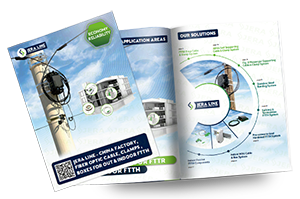

.png)







